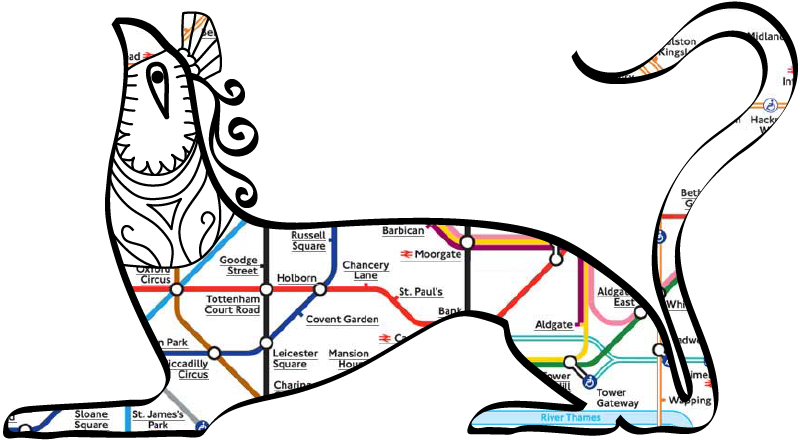Aegean Lectures
The schedule of the Aegean Lectures has been announced for spring 2018. All lectures will be held at 19:00 at the Swedish Institute at Athens (Mitseon 9, Athens) unless otherwise noted. Further information is available at https://www.aegeussociety.org/.
23 February 2018: Κ. Σαρρή, “Υφαντική και ενδυμασία στο νεολιθικό Αιγαίο. Πειραματισμοί, τεχνολογία, και αισθητικές τάσεις”
30 March 2018: Ο. Κουκά, “Θαλάσσιοι διάλογοι: Μεγέθη και τρόποι αλληλεπίδρασης μεταξύ προϊστορικού Ηραίου Σάμου και του υπόλοιπου Αιγαίου”
27 April 2018: L. Crewe, “Excavating a looted cemetery: methods and results from Chalcolithic Souskiou-Laona on Cyprus”
June 2018 at the British School at Athens, Upper House (52 Souedias, Athens): M. Cosmopoulos, “How the West was Won: Iklaina and the Unification of the Mycenaean State of Pylos”
Archaeological Research Unit Lectures Livestreamed
The schedule of lectures at the Archaeological Research Unit at the University of Cyprus has been announced for spring 2018. All lectures will be held at 7:30 PM at the Archaeological Research Unit (Γλάδστωνος 12, Λευκωσία, 1095) and are livestreamed at https://www.youtube.com/channel/UCjTR724hymIJDuFEeOkWBug. Further information is available at http://www.ucy.ac.cy/aru/documents/Lectures/Springsemester2018.pdf.
12 February 2018: Ν. Παπαδημητρίου, “Το Αιγαίο και η Κύπρος στο θαλάσσιο εμπόριο της 2ης χιλιετίας π.Χ.”
5 March 2018: Χ. Παρασκευά, “The dawn of Bronze Age in Cyprus: Reorientations and tales of sociogenesis”
23 April 2018: E. Margaritis, “Olives and grapes in Eastern Mediterranean: Resetting the research agenda”
30 April 2018: Ά. Γεωργιάδου, “Κεραμικές διαδρομές: Από την Παλαίπαφο στη Συροπαλαιστίνη και από την Εύβοια στην Αμαθούντα”
7 May 2018: R. Jung, “Η ρήξη των μυκηναϊκών ανακτόρων - η πρώτη ‘ατμομηχανή της ιστορίας’ της Ευρώπης;”
14 May 2018: B. S. Düring, “The excavations at the site of Chlorakas-Palloures: New light on the Late Chalcolithic of Cyprus”
Αρχαιολογικο Εργο ΘεσσαλΙας και ΣτερεΑς ΕλλΑδας
On 1-4 March 2018 the 6ο Αρχαιολογικό ΄Εργο Θεσσαλίας και Στερεάς Ελλάδας 2015-2017: από τους προϊστορικούς στους νεότερους χρόνους. 6th Archaeological Meeting of Thessaly and Central Greece 2015-2017: From Prehistory to the Later Periods will be held in Volos. Further information is available at http://extras.ha.uth.gr/aethse6/gr/index.shtml. Papers and posters of interest to Nestor readers will include:
Α. Μουνδρέα-Αγραφιώτη and Μ. Ζερέλια, “Τα νεολιθικά στρώματα και η πρώτη εγκατάσταση της αρχαιότερης στη θέση”
Ν. Αλεξίου, Μ. Ανετάκης, and Μ. Ραφτοπούλου, “Ανασκαφική έρευνα στον Προϊστορικό οικισμό της Νεράιδας στη Λάρισα. Το οικόπεδο Παπαγεωργίου”
Α. Πεντεδέκα, “Συνέχειες και ασυνέχειες στη Νεολιθική κεραμική της Δυτικής Θεσσαλίας: η περίπτωση της Πλατιάς Μαγούλας Ζάρκου”

